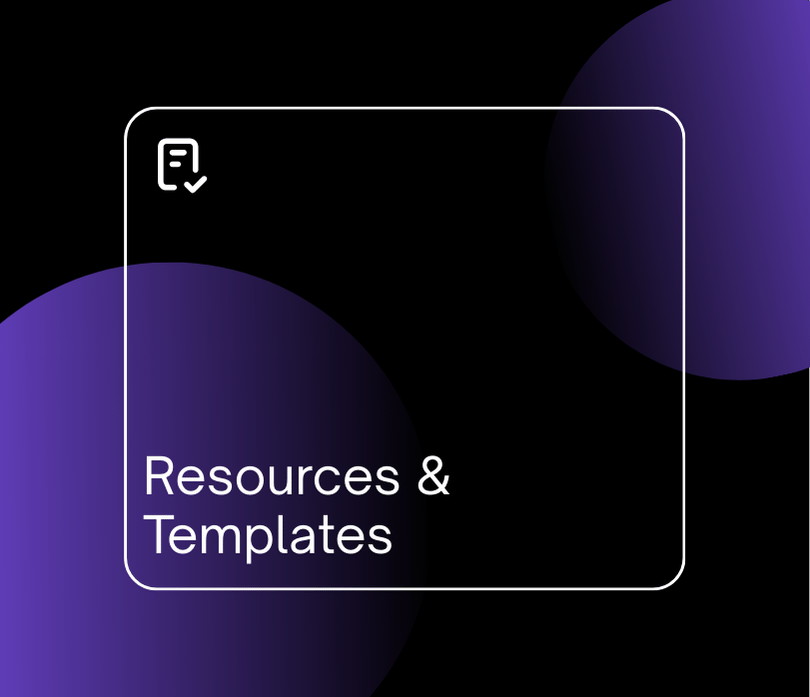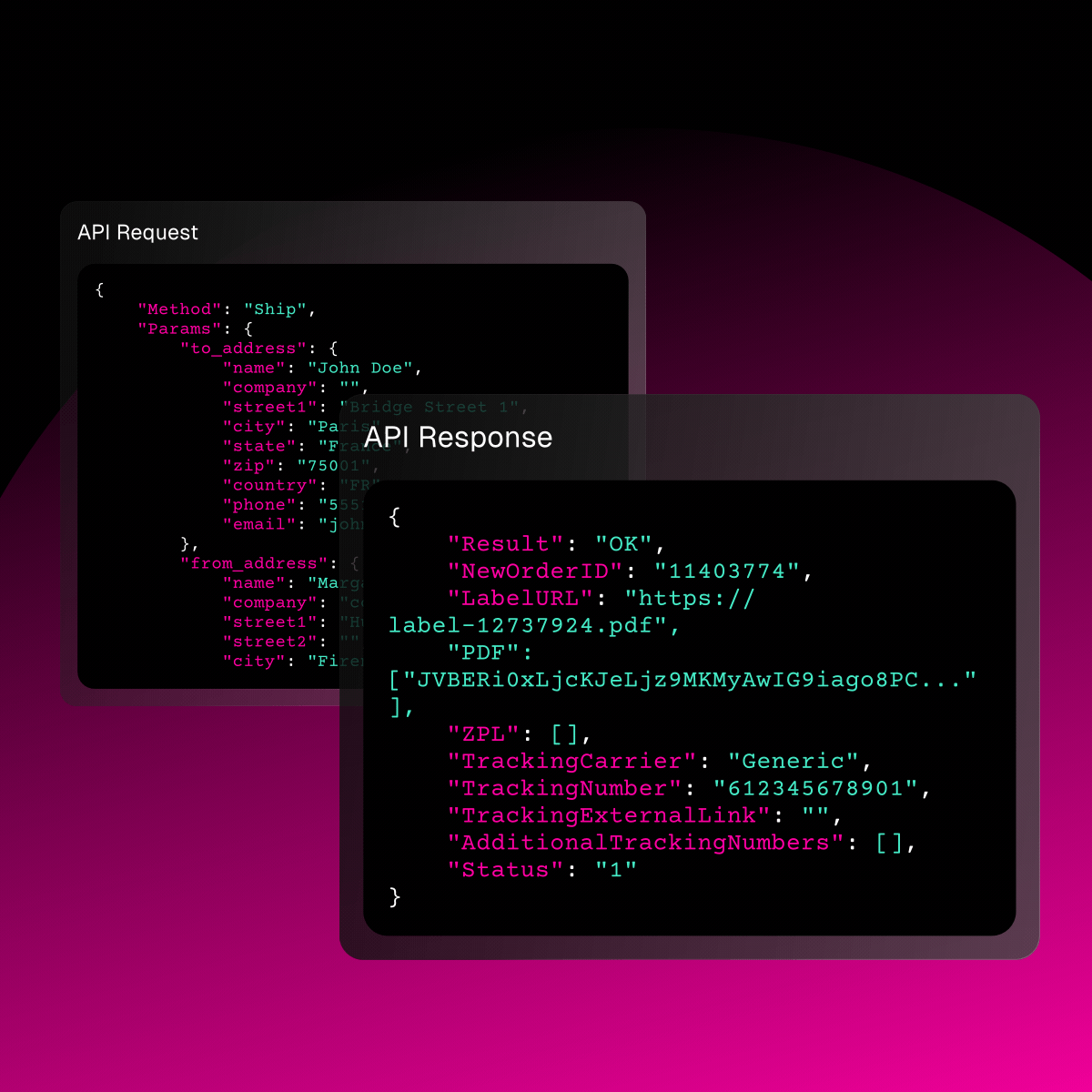E-commerce delivery experience: strategies and best practices
.jpg?width=800&height=450&name=ShippyPro_Blog_Deliver-Customer-Experience%20(1).jpg)
In today’s fast paced world, people expect fast and cheap deliveries. Since more and more businesses are offering this service, distinguishing yourself with an exceptional delivery experience is the element that will shape the overall perception of your brand and will determine whether a customer will repurchase. But what makes an exceptional delivery experience? In this article we will provide tips for improving your delivery experience and, ultimately, your e-commerce customer experience.
What is Delivery Experience?
Delivery experience (DX) typically refers to the interaction between an e-commerce brand and consumers throughout the shopping journey, in particular from the purchase of a product or service until the moment they receive it.
Importance of a positive delivery experience
A great e-commerce delivery experience is important, not only to meet customer expectations, but also to create trust and build loyalty. It serves as a critical differentiator, setting your brand apart from others. In fact, 85% of online shoppers are discouraged by a poor delivery experience and won’t order from the same retailer if their expectations are failed. This could be caused by unexpected costs, no flexibility on delivery options or if orders are not delivered on time. Without a doubt, a standout delivery experience can create a lasting impact, giving your customers a good reason to stick with your brand.
Just think of how the giants of e-commerce revolutionised the shipping experience. In fact, if you’re curious to understand how they are excelling, you can check our article that analyses their strategies more in depth here.
Shipping options you can offer
To provide high-quality delivery experience it is important to be flexible, offering your customers a variety of delivery options to choose from, thus making it convenient for them. Here are some common shipping and delivery solutions you should consider implementing:
Standard Shipping: It is the most cost-effective and common option, with delivery typically ranging from a few days to a week.
Express Shipping: it is faster than standard shipping and caters to all those shoppers who want to pay extra to have their order delivered typically within 1-3 days.
Same-Day or Next-Day Delivery: ideal for shoppers who want immediate gratification or who need products urgently, guaranteeing delivery within a day.
Free Shipping: offering free shipping has become a great advantage, as well as an excellent marketing strategy for online retailers, increasing conversions, reducing cart abandonment and encouraging more shoppers to buy.
Store Pickup: customers can collect their online order at a physical store location at the time and date that is more convenient for them.
Pick-up point: location where customers can collect their online order at the most convenient time for them.
Parcel locker: automated parcel delivery system that allows customers to collect their order outside of regular delivery hours.
International Shipping: crucial for e-commerce businesses that sell products globally. It involves partnering with carriers that ship internationally, understanding customs laws, and calculating shipping costs accurately.
Best practices for offering shipping and delivery options
The shipping and delivery options to offer depend on the preferences, needs and demographics of your customers. Whichever ones you choose to provide remember that it is important to:
Offer transparent shipping policies: clearly communicate which shipping options you offer and provide accurate information, on your website and especially at checkout, regarding costs and estimated delivery times.
Optimise packaging. Make sure that your products are packaged properly so that they are protected during transit. Other important aspects to consider in order to provide a superior delivery experience are aligning your packaging design with your brand identity and using eco-friendly materials to reduce the environmental impact and waste of your packaging.
Importance of effective communication and tracking for the delivery experience
From the moment an order is placed until the package reaches the doorstep, keeping customers informed during the whole process has become an essential aspect of the delivery experience.
By promptly providing order confirmations, shipping notifications, and estimated delivery times, you can set clear expectations and convey reliability while allowing your customers to have real-time visibility and control over the delivery process.
Also, besides enhancing customer satisfaction, effective communication and tracking allow businesses to manage all logistics operations proactively. The two most important aspects to consider are:
Offer tracking and notifications: this not only showcases your reliability but also allows your customers to keep track of their order status, enhancing satisfaction and trust towards your services.
Send confirmation emails: sending confirmation emails is a key step in providing a superior delivery experience. Emails are extremely important because they serve multiple purposes, such as acknowledgment of a successful transaction, contain important order details as well as tracking and contact information.
SMS Shipping notifications: customers can receive real-time updates on their orders without having to log into websites or email accounts to check their order-status. Moreover, SMS have higher open-rates compared to emails.
Get SMS shipping notifications for your company thanks to ShippyPro SMS Shipping notification tool.
Best practices for delivery communication and tracking
To ensure effective delivery communication and tracking, the best practices to consider are:
Provide timely updates: keep your customers informed at every stage of the delivery process and update them on any changes or delays.
Personalization: personalising communication makes clients feel valued and will help you build stronger connections. Address customers by their name and include personalised recommendations based on their preferences, offer customised promotions or discounts and remember to send personalised follow-ups to ask for feedback once the order has been delivered.
Real-Time tracking: implement a system that allows customers to track their shipments in real-time. Remember to always include instructions on how to use the tracking tool.
Mobile-Friendly communication: a significant part of consumers uses their mobiles for online shopping. Make sure you optimise your communication and tracking for mobile devices and that these display properly on different screen sizes. Consider using dedicated apps for your business too.
Multichannel support: Offer multiple communication channels for customer assistance. Remember to provide clear contact information for customer support through email, phone, live chat, or social media channels. Invest in your customer assistance to offer prompt support and offer a seamless shopping experience.
Ask for feedback: After an order has been delivered, remember to reach out to your customers with a follow-up message asking for feedback on the delivery experience. This feedback can provide valuable insights, helping you identify strengths to build upon and areas for improvement. Also, positive feedback is a valuable marketing tool too!
Importance of delivery speed and cost for the delivery experience
Delivery speed and cost can become key differentiators for your business, providing a competitive advantage. In fact, customers will always prefer who offers faster delivery at a lower price. These two elements boost conversion rates and, reasonable delivery prices reduce cart abandonment too.
Indeed, an online store that offers fast delivery at affordable prices is perceived as reliable and efficient. This not only increases the chances of customers returning for repeat purchases but also strengthens your positive reputation. What is more, delivery speed and affordable cost encourage impulse purchases, meaning that customers are more likely to buy an item without thinking twice if they know they can receive it as quickly as possible not spending too much.
Strategies for optimising delivery speed and cost
Here are some strategies to consider to optimise delivery speed and cost:
Establish partnerships with carriers.
If you establish strategic partnerships with different shipping providers, you will have access to better rates.
Streamline order fulfilment.
Automate every step of your order fulfilment, reducing time and costs related to the shipping process.
Place inventory strategically.
Locate your inventory in warehouses closer to your customers to reduce transit times and cost.
Make Data-Driven Decisions.
Data and analytics will help you to gain precious and accurate insights into your shipping operations and performance. This will help you to easily identify trends that can guide your improvement strategies.
With ShippyPro’s suite of tools you can offer a seamless delivery experience, fulfill orders faster, reduce all manual tasks, and exceed customer expectations while saving precious time and money. Discover our solutions here.
Returns and Refunds
Providing a clear returns and refunds policy is crucial for building trust and encouraging people to purchase from your online store. In fact, customers want to be sure to be able to return orders easily and effortlessly, especially since they cannot touch or see what they are buying in advance. To manage returns and refunds effectively consider the following aspects:
Clear and transparent policy: clearly outline your returns and refunds policy to customers on your website so that they know what to expect before buying. Most customers expect their returns to be free of charge so consider offering free returns.
Flexible return period: clearly state your return timeframe on your website and offer a reasonable return period that allows customers to have enough time to evaluate their purchase and initiate a return if necessary. Typically returns are within 30 days, but you can extend it during busy seasons or for certain product categories.
Simplified return process: Make the return process as easy and user-friendly as possible, providing return labels and clear instructions.
Fast refund processing: clearly communicate the timeframe for refunds and process them promptly once the returned item is received and verified.
Customer service and communication: respond promptly to customer inquiries to reassure them and provide updates on the status of their returns and refunds to avoid dissatisfaction.
Return analytics: analytics will help you identify reasons for returns and issues with products, uncovering opportunities for improvement and aligning with customer expectations.
With ShippyPro you can create a streamlined return process, turning it into a high-quality experience for your customers. Discover ShippyPro Easy Return here.
Importance of measuring and optimising the delivery experience
Measuring and optimising your delivery experience boosts your efficiency and productivity and increases your customer satisfaction. Problems in the delivery process could lead to customer dissatisfaction and harm your business reputation. Moreover, measuring your delivery experience allows you to identify enhancement opportunities and areas in which you can reduce costs, errors, and issues.
Delivery experience: metrics to track
To track the performance and progress of your company you can use KPIs (Key Performance Indicators). We have already outlined all the e-commerce KPIs that can be useful to run a successful online store here and the most useful logistics KPIs here, but below we have listed the most important metrics you can track to improve your delivery experience:
- Return rate: high return rates could indicate problems with the product or the delivery process.
- Delivery cost per order: measures the cost associated with each delivery and helps improve profitability.
- Number of shipments: to understand the volume of shipments to manage.
- Shipping times: to identify problems and/or delays in order fulfilment management.
- Punctuality rate: the number of complete and punctual deliveries out of the total number of deliveries made, to understand the efficiency of logistics.
- Percentage of failed deliveries
- Percentage of damaged shipments
- Average shipping cost
- Average Lost shipments
- Average number of delivery attempts
- Percentage of shipments with delivery in store: metric to measure the impact of Click & Collect
- Percentage of out of home deliveries
- Percentage of shipments with address errors
- Delivery Contact Rate: measures how often customers need to contact customer service regarding their delivery. A high contact rate may indicate problems in the delivery process. You could solve these by implementing real-time tracking, emails and SMS notifications.
- Customer Satisfaction (CSAT): assesses the level of satisfaction of a customer after interacting with customer service.
- Net Promoter Score (NPS): measures how likely a customer is to recommend your company based on their delivery experience. A high NPS score indicates a high level of customer satisfaction and loyalty.
Passionate freelance copywriter, with a niche in ecommerce and logistics. When collaborating with ShippyPro, she loves writing about trends, marketing and communication strategies to help brands gain an edge in an ever-evolving digital landscape.











